Traditional Television Experience In The Age of Streaming TV
Traditional Television Channel Surfing For Seniors
In the past few years since my Dad’s death I’ve been working on cutting some cords. What these traditional services like a landline phone or cable TV cost these days is truly crazy. My parents have had cable TV since I was in Kindergarten and at the time those handful of channels we were getting on cable were light years better than we got with an antenna. These days our cable constantly has issues and is actually cropped for a traditional tube TV. I have a feeling part of that is because we live in a small place that probably hasn’t had money invested in the equipment for years. The rest is because we don’t actually subscribe to one of their top TV packages. We are one step up from their bottom package which offers only local broadcast TV. I actually contemplated moving to that but it was still close to $50 a month where we’re paying nearly $80 now. And that’s without a single premium channel. Just regular run-of-the-mill cable channels like HGTV and the like.
Earlier this year, I managed to cut the landline phones. That turned out to be much more straightforward. Cutting the cord on cable is harder if you’re trying to make it a comfortable situation for a parent or other senior who is used to a traditional television channel surfing experience. If it were just for me, I would have cut the cable and streamed most of the shows I want to watch. I might have put up an antenna to get the local news and called it a day. But my mom is very much used to flipping channels. Our cable service didn’t even have a guide so she’s not used to doing anything other than hitting the channel up and channel down buttons on the remote. She rarely even uses the number keys.
The first real contender when I started exploring our options was Youtube TV. It sounded good because I understand that their app can emulate a traditional television channel surfing experience. Luckily I didn’t get very far on that option because they went up to $65 before I had finished my research. With a smaller savings and many channels that neither of us particularly cared about, it wasn’t a good fit anymore. Still depending on your cable or satellite bill and the live TV stations you really want, it might be a good choice!
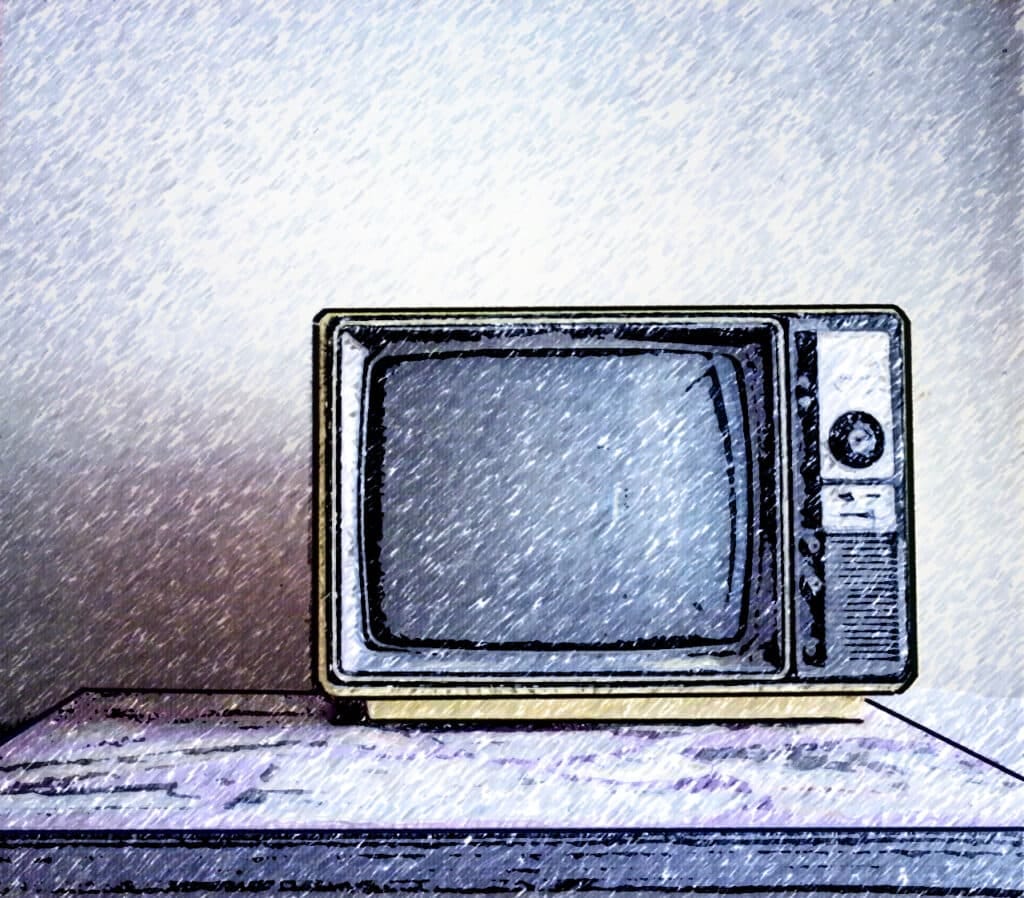
I eventually came to the decision that all of the streaming services that offered local channels were going to be in the ballpark of what we were already paying and in a year might even pass our cable prices. Hulu Live TV, Youtube TV, etc. are all basically heading in the direction of traditional cable TV where you pay for a pile of channels you don’t care about. And I don’t see that changing just accelerating as people move from cable TV to streaming. It seemed best to try getting as many of our OTA (over the air) channels as possible from an outdoor antenna. I’m not going to go into a world of detail about what I ultimately chose because it’s very much going to depend on where you live. If you are close to the towers that broadcast in your area, a small indoor antenna might do it for you. We live kind of in the hinterland between TV markets and in my case, I needed an antenna on the roof to make it work.
But remember, my goal was a combination of live cable and local OTA channels in one traditional television style package. If I hook up that antenna to a TV, I haven’t accomplished that goal. Other than the antenna itself, this was my one big outlay. I purchased an HDHomeRun Connect Quatro digital tuner made by the folks at SiliconDust.
If this is all Greek to you, the TV sitting in your family room has a digital tuner in it. If you connected an antenna to the back that tuner would be responsible for taking the digital TV signal from the antenna and displaying your chosen channel on the screen. In this case, the HDHomeRun has four tuners like the one on your TV but they share the signal over your home network. There are apps to choose from but the end result is that you can watch TV using your phone, smart TV, or connected device (Fire TV stick for instance). There’s also a Two tuner version of the HDHomeRun but each channel that’s being watched in the home takes up one of those tuners. Even with just the two of us, we have a small TV in the kitchen that stays on pretty much 24/7. So there was a tuner that I knew would be in use most of the time. Anyway do the math in your own home, and fear not, you can add more than one HDHomeRun to your network. For instance you could buy a Quatro and a Duo. With a simple splitter you could use the same cable from your antenna to provide a signal for them both.
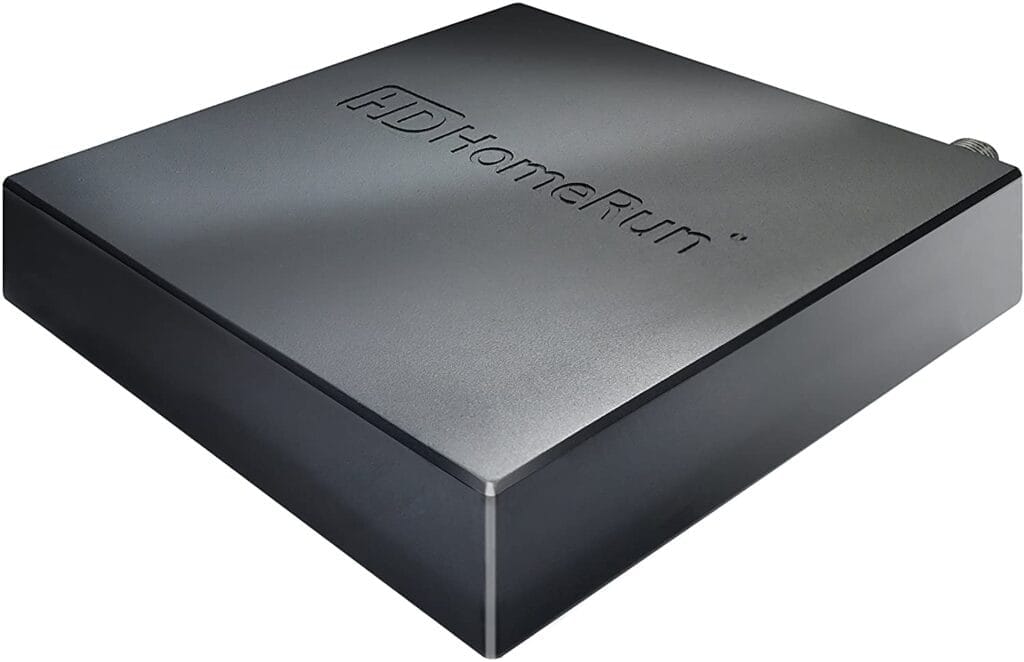
I went the route of connecting to a network tuner for a couple of reasons. Not only did it help in my quest to have a traditional television experience, it kept me from having to connect that single antenna to multiple TVs. The existing cable connection does not enter the house from the area where the antenna was best located. So if I wanted to connect with the existing wiring it meant a long cable run which for OTA signals that are already marginal is not a good idea. There was the very real chance that even with good quality cable I would minimally lose a channel or two. Instead I was able to route the cable much more directly into our utility room and hook up the HDHomeRun there. So a short cable run and not having to fiddle with decades old Coax cable that honestly probably needs replacing anyway.
The next part of the puzzle was finding a way to marry our OTA channels with a streaming service. Honestly the first place I looked was Sling TV. However, they don’t use the HDHomeRun. They have their own network tuner which I tried and returned. I think if I had lived nearer one market or the other it might have worked but I get some of my stations out of Columbus, Georgia, and others out of Macon. Their guide would only show me one city or the other. I tried their tech support to no avail and decided it wasn’t worth it to me because I really didn’t like the app either. In the end, I found Channels. Specifically, I am using their Channels Plus service for $8 a month. They are really geared towards the home DVR crowd who want to pause and/or record live TV. Yet I found their app to be a pretty good fit for creating a traditional television experience.
You have to run their Channels DVR server software on some device in your home. There are a lot of choices from various Android devices to Windows and Mac computers. I have it running on an old Mac Mini I still had around. Their server software is fairly easy to configure and can have a variety of sources including HDHomeRun tuners, cable card tuners, and a host of streaming services like Locast, Sling, Philo, etc. When you add Philo, for instance, you don’t get all of the stations Philo offers. You get the ones that have what is called “TVE” or “TV Everywhere” enabled. So, BBC America for instance is available through TVE. Using your Sling or Philo or whatever credentials, the server streams that channel over TVE and delivers it to a connected device. They have apps for Fire TV, Apple TV, and the various android and iOS devices out there. So I can take my tablet and watch in bed and at the same time Mom can watch on one of the TVs in the house.
For many of you that service and app on its own may be the end of your journey if you’re trying to recreate a traditional television channel surfing experience. Their app supports a channel surfing style of TV watching with a great guide showing what is on every channel. It very much reminded me of my cable in Atlanta a decade ago. But our first attempt at combining Philo and OTA using the Channels app met with some hiccups. Since it is aimed squarely at people who want to pause or record live TV, their app caters to that audience. My Mom has no experience or interest in learning how that works. But just by proxy of it using a network connection, live TV can get out of sync with what is coming in over the internet or even over the local network. So Mom would hit a point where she’d change channels and a dialogue box would pop up asking her if she wanted to exit her time-shifted program which was now maybe 10 or 20 seconds or whatever behind real time. That threw her. She just wants to change channels, nothing else.
The Channels App has a great forum where there is user and developer support. Sadly that is something of an anomaly these days. Forums don’t seem to be the in thing anymore. And many of the ones that are still out there are ghost towns. I was reading the forum looking for a solution to that problem when I came across this discussion thread in particular. In this thread I discovered that the Channels server creates a M3U playlist that contains all of the available channels. This was the perfect solution. That playlist can be the source used for a lot of different apps. Specifically I am using that m3u playlist with the TiviMate app. There are plenty of relatively simple IPTV apps out there that would suffice but I liked this one because I could customize what all of the buttons do on the remote and the style of the interface. Using this app is about as close to a traditional television channel flipping environment as I could create for my mother. When she presses up on the channel button on her remote, up she goes, or down. And if she knows what number channel she wants she can even take that route, just like traditional television but running through the Tivimate app.
Obviously there was some up front cost in all this between the antenna, the HDHomeRun and an android device to plug into our not-so-smart TV. But we’re going from nearly $80 a month to $28 ($20 for Philo and $8 for Channels Plus). The stations we get over the air are crystal clear and un-cropped. We also get more local stations over the antenna than we got on cable. Now, I will grant you that the programming on a lot of them is rather old sitcoms and dramas. But both of us enjoy them and they are free over the air channels. We also are getting more cable stations we actually watch on Philo. Some of them aren’t available through the channels app but the ones Mom cares about are. Your mileage may vary of course but the Channels app will combine with other streaming choices. Dad would have been miserable with our choice of Philo as it has nothing in the way of sports channels.
On devices to use, I am going to say this will very much depend on how savvy your senior family member is. It’s also subject to change as time moves on and new devices come out. That said, my Mom quit being interested in new technology somewhere around the time of portable CD players. And there was nothing my Dad or I could do to get her to try new things. I initially tried the Tivo Stream 4k. Personally I love the remote on it. It looks very much like a traditional remote. But I knew from my trial run using it that Mom was going to have issues with it. Too many buttons she could hit that would take her out of the app she was using. Granted I’m in the same house but that’s not just an inconvenience for me, it makes her life harder and that was not the goal!
But what about a traditional remote control?
Ultimately I came to the realization that a traditional television remote control mattered more than the streaming device itself. Before this started, I had an Amazon Firestick, and in the course of this adventure, I tried out the Tivo Stream 4k and ultimately added the Chromecast with Google TV – Google’s newest Android TV device. The best device is a moving target. I like the Tivo remote better but I think right now the Chromecast (not surprisingly) probably has the least bugs. The fact it seems more stable is why it’s plugged into the TV Mom uses most.
So how did I handle giving my mother a traditional television experience complete with plain Jane remote control? Enter the Flirc. This USB device allows you to control, well, I guess a lot of devices that have a USB port. But most practically you would connect this to something like an Android TV dongle. I have it plugged into a hub that’s powering the Chromecast device. I used a universal remote that was as close to the one Mom was previously using as possible. The only reason I couldn’t use that one was because I needed one that could learn IR codes. I could not figure out how to make the Flirc control the volume on the TV. I think it is possible but if you figure it out, please write out a tutorial and let the rest of us know. Heck, I’ll post it here on my site and credit you as the author if you’d like. I just could not make the Flirc relay volume settings to the TV and tried and failed getting help on their forum.
So I got a “learning remote” and used the original remote to teach it how to turn the volume up and down and how to mute it. The rest of the buttons didn’t matter. I could set the flirc to make the channel go up with the one button as easily as the channel up button. The Flirc doesn’t care what the IR signal is just that it’s a unique signal for each button. Of course, I paired 1 with 1, 2, with 2, etc. But the point is that the Flirc itself is agnostic about what those IR signals are. It only cares what task I gave it to do. The end result is that Mom has a remote that will channel surf in the Tivimate app (as long as it’s running) and will control other basic functions like power, volume, etc.
Because we don’t have the fastest internet on earth here, there is sometimes a small delay when hitting channels that are streaming over the internet rather than just the local network but it’s surprisingly small. Still, I sure hope that Starlink has much success because we have no real options here for true broadband internet. That’s an entirely separate subject though. But I will say it’s sad that I paid less a decade ago for high speed internet AND cable TV than my parents have paid for just cable TV then and now. I’m sure the price has gone up since I left Atlanta but having actual competition made a huge difference in pricing. With true broadband, going this route would be a no-brainer. Even with our approx 18mbs speed it’s workable for us. Again this is a your mileage may vary thing though. If Dad was still alive, another person competing for that small network pipe might have been a bridge too far!
Wrapping Up
Anyway, if you’re looking for your own solution to providing a traditional television channel surfing type experience for an older family member I hope this write-up helps some. Please feel free to ask questions if there’s something you’d like explained in greater detail. In our case, I didn’t pursue this simply to save money – although that’s nice. It was also about value for money. Our cable picture alternated between average and poor and every interaction I had with the cable company about technical issues ended in me wanting to cut the cord with them. Paying less for a better picture and more channels we both like made this well-worth pursuing. For her part, I talked with Mom about this before tackling it. I wouldn’t have pursued it if she wasn’t on board. When I gave her a list of the channels we could get (that she didn’t have over cable) she was enthusiastic about it. In the course of experimenting with it, we did have a few rough starts but at that point all I had to do was unplug the dongle and back to cable she went. I sure wouldn’t recommend completely cutting the cord until you’ve gotten things stable!
I consider this a fairly approachable project if you or a family member is even modestly technical. That said, I hope some enterprising techie out there will really address creating a simple easy-to use set up for the elderly out there who feel locked in with the devil-they-know cable company. If there was a plug and play device that delivered a traditional television experience without cable, there is an unserved market out there. It’s not JUST about age of course. It often involved yelling at his computer or phone or whatever, but my father would try new things. But there are people out there who didn’t grow up with smart TVs who have no desire to learn but would leap at an easy to use and cheaper service.
Note: Some of the product links in this post are affiliate links. I earn a small commission if you purchase through these links but it does not affect the price you’ll pay. But I would recommend all these apps or devices regardless. We’re using them right now.

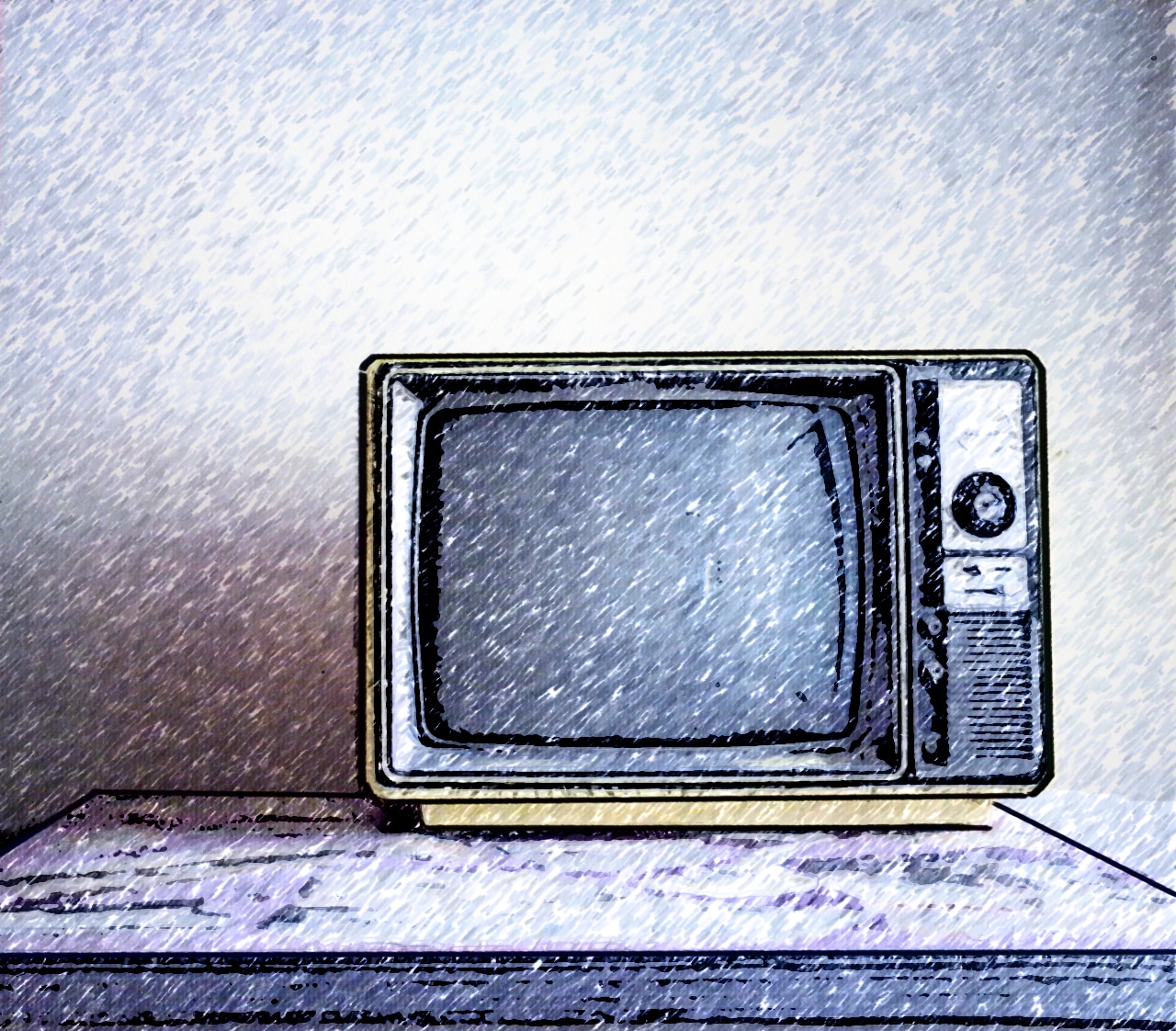
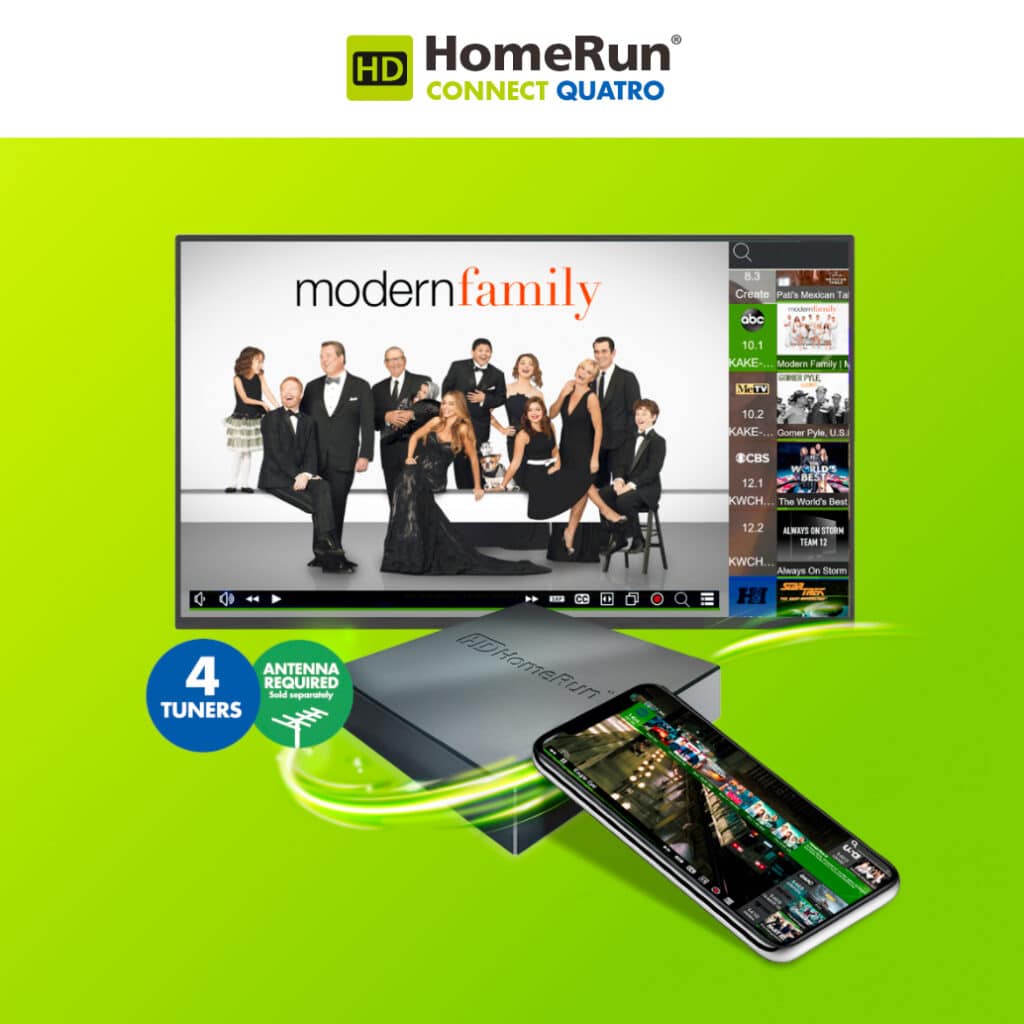
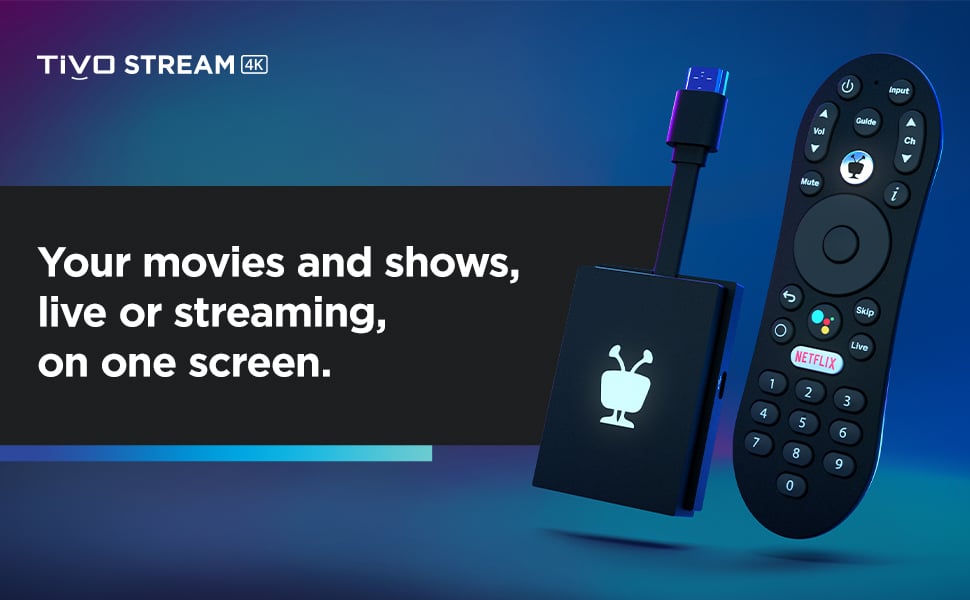
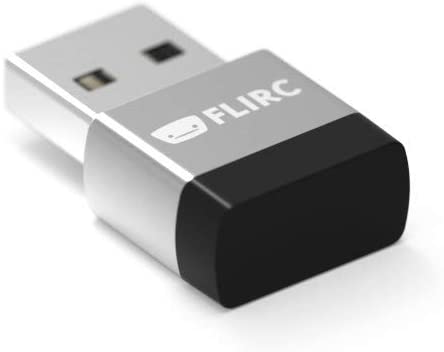
Thanks for reading!
If you’ve found my content helpful, insightful, or simply enjoyable, please consider supporting me with a Ko-Fi donation. Your generosity helps me continue creating valuable content. Thank you for your support!